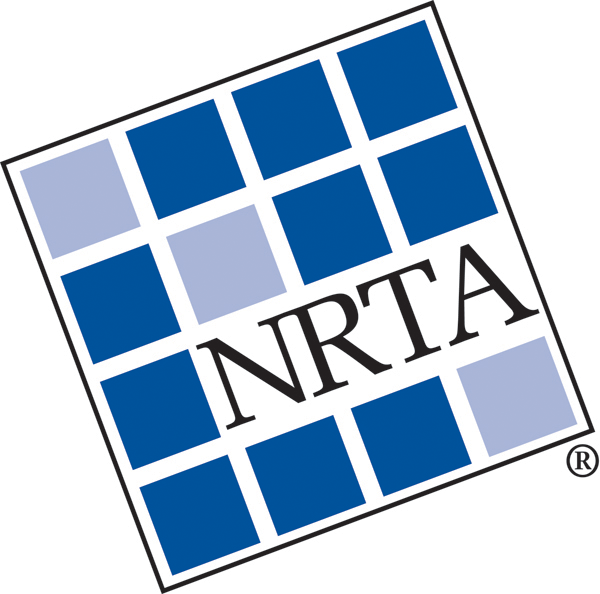Once a tenant and landlord agree to the types of taxes that can be charged to the tenant, and the parcel(s) that can be included in those taxes, the next step is to calculate what portion of the applicable taxes will be allocated to the tenant. This is determined is made by using a fraction in which the numerator is clear and defined—the square footage of a tenant’s leased space. The denominator in this fraction, however, is less clear—namely, some measure of total square footage of the center.
Tax Math Matters
The number that goes into the denominator of this crucial tax math fraction is the primary issue in calculating the portion of applicable taxes that will be allocated to the tenant. It is in a landlord’s best interest to keep the denominator as small as possible. In contrast, it is in a tenant’s best interest to use the largest denominator possible. A landlord, for example, may want to exclude anchor properties, or include only the square footage of the parcel where the tenant’s leased space is located, while a tenant would want to include the total square footage of the entire center, including anchor properties.
Another issue that arises in today’s real estate tax environment is whether the denominator should include total square footage of all “leased space,” as opposed to total square footage of all “rentable space”. A key difference! Most likely, a tenant would prefer to use “rentable space” because it would result in a larger number; this subsequently translates to a smaller portion of taxes being charged to the tenant.
Even if the parties agree that the denominator will include total square footage of rentable space, AND they agree to the applicable parcel(s) involved, further issues often arise.
Suppose a center is experiencing low occupancy and the landlord decides to close an entire wing of the center—or convert it to other use (e.g., a public library). What if the landlord closes an area of the center for remodeling? The question arises: Is “rentable” square footage under the lease. The landlord may argue that the space is not rentable because it is not being offered for rent. The tenant would argue that it is still “rentable,” despite the landlord’s decision to opt for a different use.
It is a tenant’s responsibility to examine the lease and determine the parties’ intent in calculating the proper denominator in this tax math equation.
The most successful tenants will also examine the lease provisions regarding taxes—as well as the lease as a whole—to identify support for the argument that the parties intend to include the total rentable square footage of the center in the denominator (or the largest square footage supportable under the lease). Furthermore, the tenant should identify communications outside of the lease that may support his/her own interpretation of the lease.
Tax expenses are typically a tenant’s second most expensive occupancy cost! Monitoring and controlling these expenses—whether paid directly to the taxing authority or to the landlord—is crucial for today’s professionals charged with handling personal property and real estate tax appeals and filings. NRTA’s Classroom LIVE is here to help!
Industry experts will tackle this must-know real estate topic during NRTA’s hands-on, interactive 4-course training series slated to begin on Tuesday, November 16, 2021.
Reserve your seat today!
